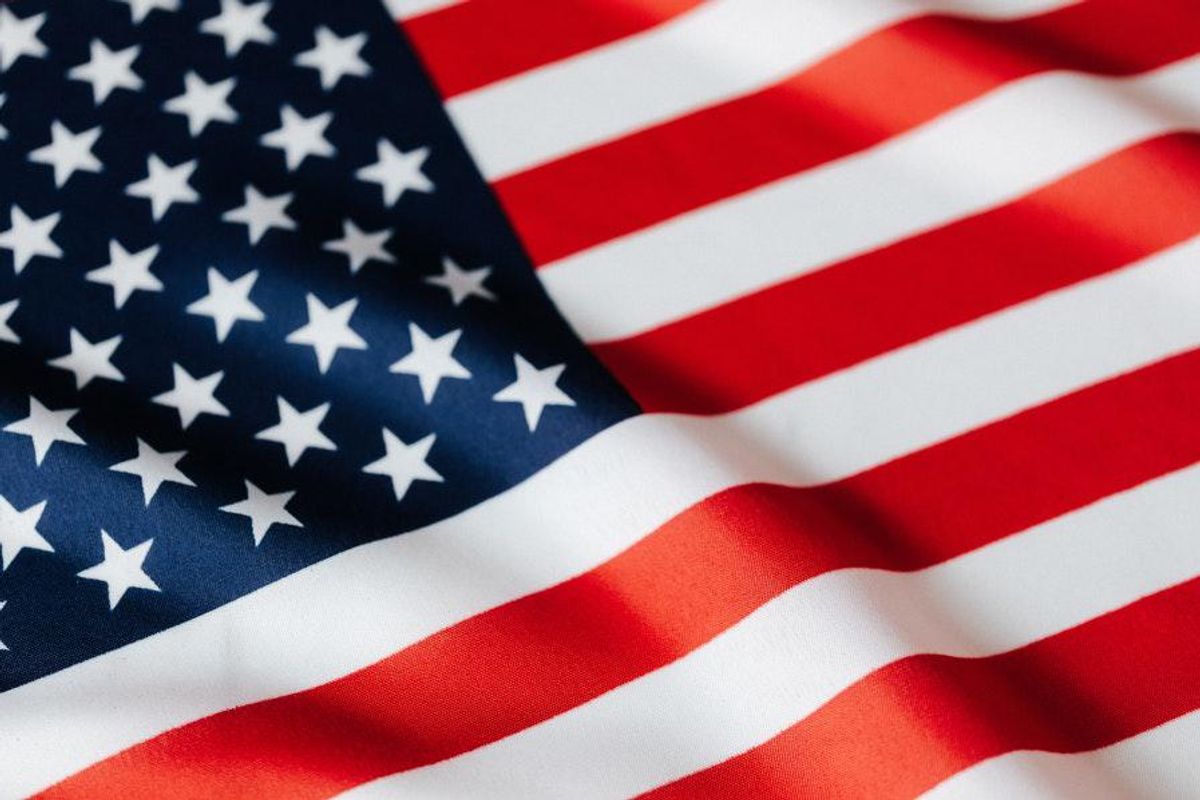Lithium Producers Optimistic About US Inflation Reduction Act, but Supply Challenges Remain
Lithium producers believe the US Inflation Reduction Act is having a positive impact on the industry, but agree that challenges remain.

Building regionalized supply chains that are less dependent on a single country has become a top priority for nations around the world, and places like the US are taking steps to become more self-sufficient.
Last year, US President Joe Biden signed the Inflation Reduction Act (IRA) into law, requiring critical minerals used in electric vehicles to come from domestic sources or countries with free trade agreements in order to qualify for tax benefits.
This type of legislation is definitely helping the US lithium industry, Eric Norris of top lithium producer Albemarle (NYSE:ALB) said.
“As we look at the disadvantages that regions like the US and Europe have in this supply chain, while at the same time there are large auto producers (in those regions), there's a real need to mobilize and build a supply chain close to those automakers,” he said during a panel discussion at Fastmarkets' recent Lithium Supply and Battery Raw Materials conference.
Aside from its assets in Chile's Salar de Atacama, Albemarle owns lithium brine operations in Clayton Valley, located near Silver Peak in Nevada, US. It also owns a 49 percent stake in Talison Lithium, which runs the massive hard-rock Greenbushes mine, as well as a 60 percent stake in the Wodgina hard-rock lithium mine in Western Australia.
Sarah Maryssael of Livent (NYSE:LTHM), which has operations in Argentina and owns 50 percent of Canada’s Nemaska Lithium, agreed, saying the IRA has enabled the execution of regional supply chain plans.
“I think it is really in line with what many original equipment manufacturers have been thinking about for a long time leading to the IRA,” said Maryssael, who previously worked at Tesla (NASDAQ:TSLA).
For Dale Henderson of Pilbara Minerals (ASX:PLS,OTC Pink:PILBF), the IRA has also been “incredibly” positive.
“We stand to benefit from this support — the main question is what the actual mechanics look like and how they unfold,” the CEO said. Pilbara Minerals owns the lithium-tantalum Pilgangoora operation in Western Australia.
Challenges ahead for lithium supply and companies
As demand for lithium continues to increase globally, whether supply will be able to keep pace is still to be seen. Albemarle is forecasting that lithium demand will reach 3.7 million metric tons by 2030, with supply of lithium carbonate equivalent only hitting 3.2 million metric tons ― including recycling.
“Market tightness is here to stay for a long time. In the last 12 months, all projects have experienced delays for a variety of reasons,” said Christian Barbier of Allkem (ASX:AKE,OTC Pink:OROCF).
He added that price volatility, supply chain issues and expertise are just a few of the problems.
Allkem, which is expected to merge with Livent later this year, owns assets in Argentina, Canada and Australia.
“The main challenge is that the majority of spodumene at this point is going to China to be converted,” Barbier said. “We need conversion capacity to be built outside of China.”
Another factor to consider is that a lot of projects in the US are greenfield assets. “These are not projects that are generating cash,” Maryssael said. “They need funding, and participation across the market is really critical.”
For Maryssael, who is Livent's chief strategy officer, skills are also key. “What China has done in terms of building refining capacity in the last few years really speaks to their industrial capacity and a lot of chemical engineering know-how.”
She explained that it is one thing to get lithium out of the ground and another thing to get it into a battery cell.
“Getting consistent commercial-scale, battery-grade material and qualification into the supply chain is going to be one of the biggest challenges the industry faces,” she said.
Partnerships are key for successful lithium production
Partnerships have been key in the sector for many years when it comes to successfully developing lithium projects.
“Partnering is a real necessity for the evolution of this industry,” Henderson said. “Lithium is very challenging, so you really need the strengths of partners to help solve the technical challenges and help forge these supply chains.”
Funding can be a clear benefit of partnerships, but joining forces with the right partner can have other advantages.
“I think there are a lot of non-financial (benefits) to these partnerships that are difficult to quantify, whether that’s unlocking doors in governments, whether that is looking for support on permitting — I think there’s many ways in which these partnerships are critical to the success of any project,” Maryssael said.
Another factor for companies to consider when looking at who to partner with is sustainability.
“This direction cannot be changed,” said Yasmin Liu of Tianqi Lithium (OTC Pink:TQLCF,SZSE:002466), which has assets in Australia, Chile and China. “When we sign an offtake agreement or long-term contract, there are very strict environmental, social and governance standards in those contracts.”
Don’t forget to follow us @INN_Resource for real-time updates!
Securities Disclosure: I, Priscila Barrera, hold no direct investment interest in any company mentioned in this article.
- 5 Things Lithium Investors Can Expect from Now Until 2025 ›
- Top 9 Lithium Stocks of 2023 ›
- Lithium Producers Livent and Allkem Ink US$10.6 Billion Mega Merger Deal ›
- Top 9 Lithium-producing Countries (Updated 2023) ›
- 7 Biggest Lithium-mining Companies in 2023 ›






